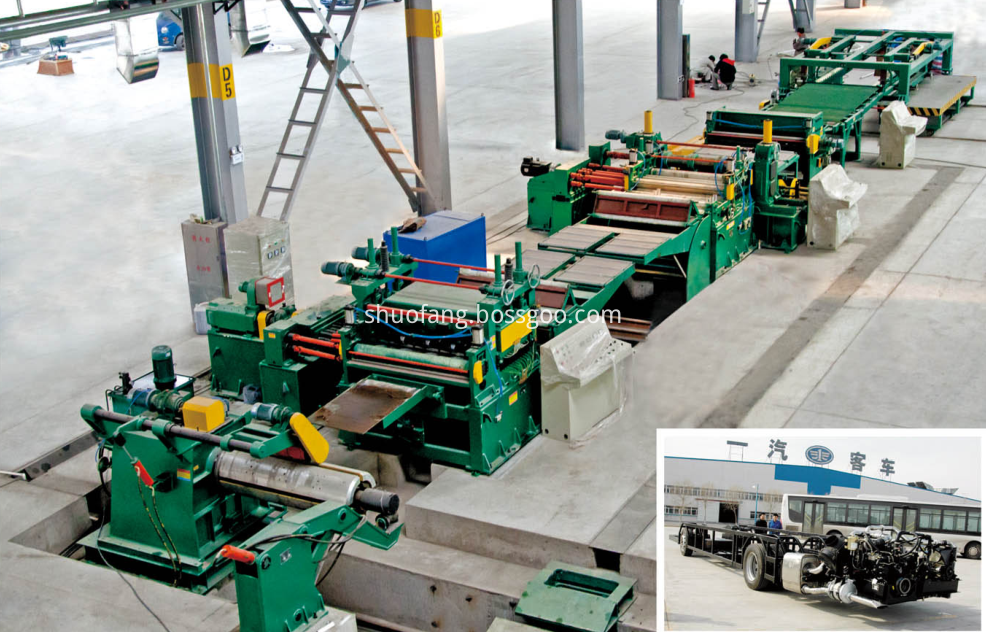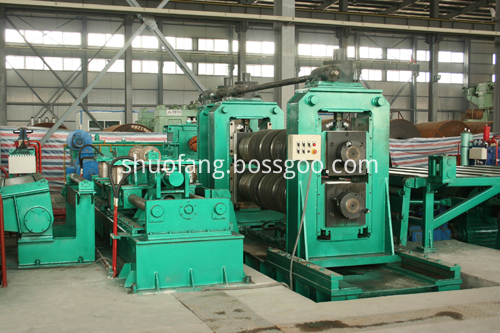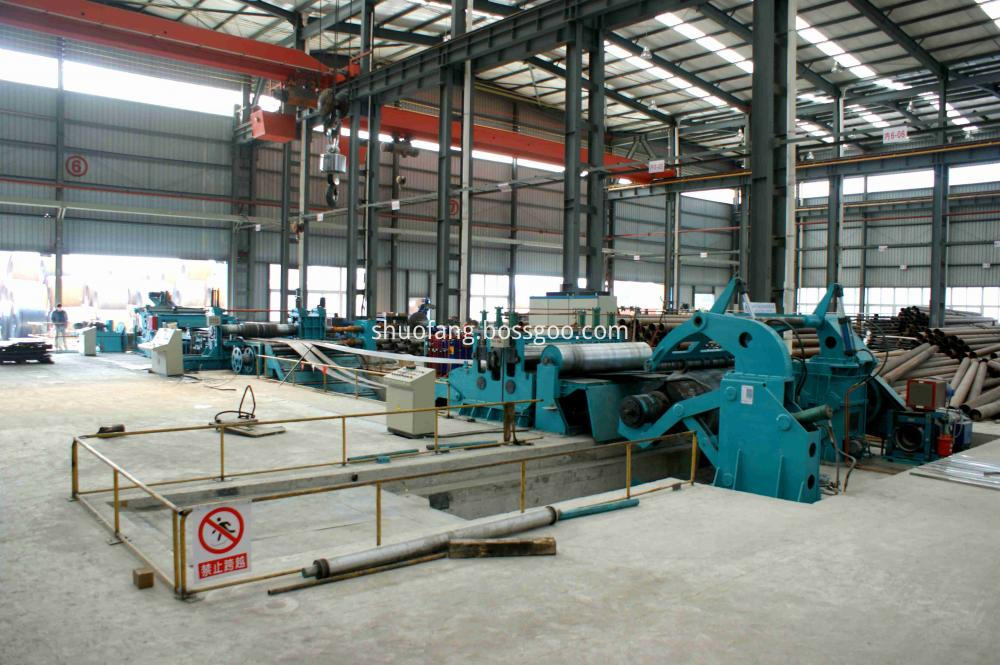The basic principle of laser welding plastic is to superimpose two workpieces by pressing the clamp, and then inject laser into the upper workpiece so that the laser can penetrate the workpiece and be absorbed by the workpiece below. The absorbed laser light energy is converted into heat energy, which in turn causes the contact faces of the two workpieces to melt, eventually forming a weld zone. However, it is true that the application of laser welding techniques to solder thermoplastic materials has gone through considerable lengths. In an era of new materials, new equipment and new technologies, current producers must not only understand the characteristics, advantages and requirements of laser welding, but also recognize the many innovations and future trends in this field, so as to grasp the trend of technology. Always at the forefront of technology. Material development In order to better adapt to laser welding technology, material suppliers have made some significant progress in thermoplastic materials. About three years ago, almost all single natural materials achieved good laser welding quality after adding carbon black, but at that time the color of the absorbent could only be black. Now, there has been a lot of progress in this area. Producers can design almost any color, and can meet the requirements of laser welding at the same time, and ensure the stability of the process. In addition to color, innovations in materials technology have also broken some of the limitations of laser welding. For example, the flame retardants originally used in thermoplastic materials are all phosphating flame retardants, and laser welding thereof often leads to insufficient light transmittance of the material to near-infrared light. Nowadays, many material suppliers have developed a new type of chlorine-free flame retardant, which solves this problem well and successfully meets the requirements of laser welding. Process and equipment technology In the early years, laser welding technology required a large machine, even a small electronic component, and required a complicated external cooling system, which required a large factory space, which would undoubtedly lead to higher investment costs. And the welding equipment at that time used to use Nd:YAG solid-state lasers. Although the successful application of diode lasers has gradually replaced this solid-state laser, these diode lasers usually have a warranty time of less than 3000h and still cannot compete with solid-state lasers. With the successful development of new diode lasers, they are almost maintenance-free and have a life expectancy of up to 20,000 h, making it the first choice for manufacturers to successfully replace solid-state lasers. The current laser welding system is compact and compact, and the standard system can handle workpieces up to 240 mm x 240 mm with a focusing diameter of less than 1.5 mm. In addition, a variety of process monitoring methods are also available. Seeing the huge application potential and broad application prospects of diode laser technology, suppliers continue to increase research and development, and many new technologies have emerged. For example, diode laser fiber coupling technology and laser welding using industrial robots, etc., diode laser fiber coupling technology can ensure the uniformity of the laser beam even after replacing the laser source. As technology advances, laser welding can easily take advantage of processes and equipment to bridge the gap between equipment and conventional methods in terms of equipment cost. Therefore, cost factors are no longer the main reason for limiting the widespread use of laser welding technology. As a leader in laser welding applications, the tremendous growth of the automotive industry has once again proven the advantages of laser welding technology. Taking the sensor housing as an example, laser welding technology has been used in the automotive field for several years. Currently, the design of any new module has been designed from the beginning to accommodate its changes. In the case of sensitive electronic packaging, the use of conventional welding methods often produces significant mechanical stress and high temperature effects on electronic components, while laser welding can control and adjust the welding energy as needed, thus ensuring the fine and accurate welding quality. In addition, the economics of laser welding have also eased the extreme pressure on the automotive industry to reduce costs. The successful application of laser welding technology in the automotive industry is a testament to this. Future trend Regarding device size, there are two opposite trends in the market: on the one hand, the device is getting smaller and smaller, and the weld is complex; on the other hand, the device is larger and three-dimensional. The continuous development of laser welding equipment can meet both requirements. At present, medical diagnostic products continue to develop toward miniaturization, which requires welding technology to simultaneously integrate several functional devices in a minimum space. It is very difficult or impossible to solder capillary microfluidic structures (as shown in Figure 2) by other methods, and now, even today's inexpensive SEM scanning laser systems can solder such products. Previously, people chose Nd:YAG lasers that were easy to focus on, but the technology was very expensive and the technology was not flexible enough. In contrast, fiber laser or fiber-coupled diode laser welding technology can not only meet the weld width of 0.1mm, but also is not limited by the shape of the weld and the size of the chamber.
It is a special machine
for cutting steel coil to length that are required by customers.
It
mainly including four parts: un-coiler, straightener, cut to length, and
stacking.
SF is focus on quality and company's image. We win market with good quality and service. The company has already passed International Quality Management System ISO9001:2008 certification for many years and also got the CE certificate, smoothly got the title of High and New Tech Enterprises. And has more than ten own intellectual property rights and patent technology. We have own import and export right. Our products exported to Russia, South Asia, South east Asia, Middle East, South America, Africa, Australia, Eastern Europe etc.
Cut To Length Line,Coil Shear Line,Cut To Length Machine,Cut To Length Line Machine Shandong EN FIN CNC Machinery Co., Ltd , https://www.sdfincncmachinery.com




